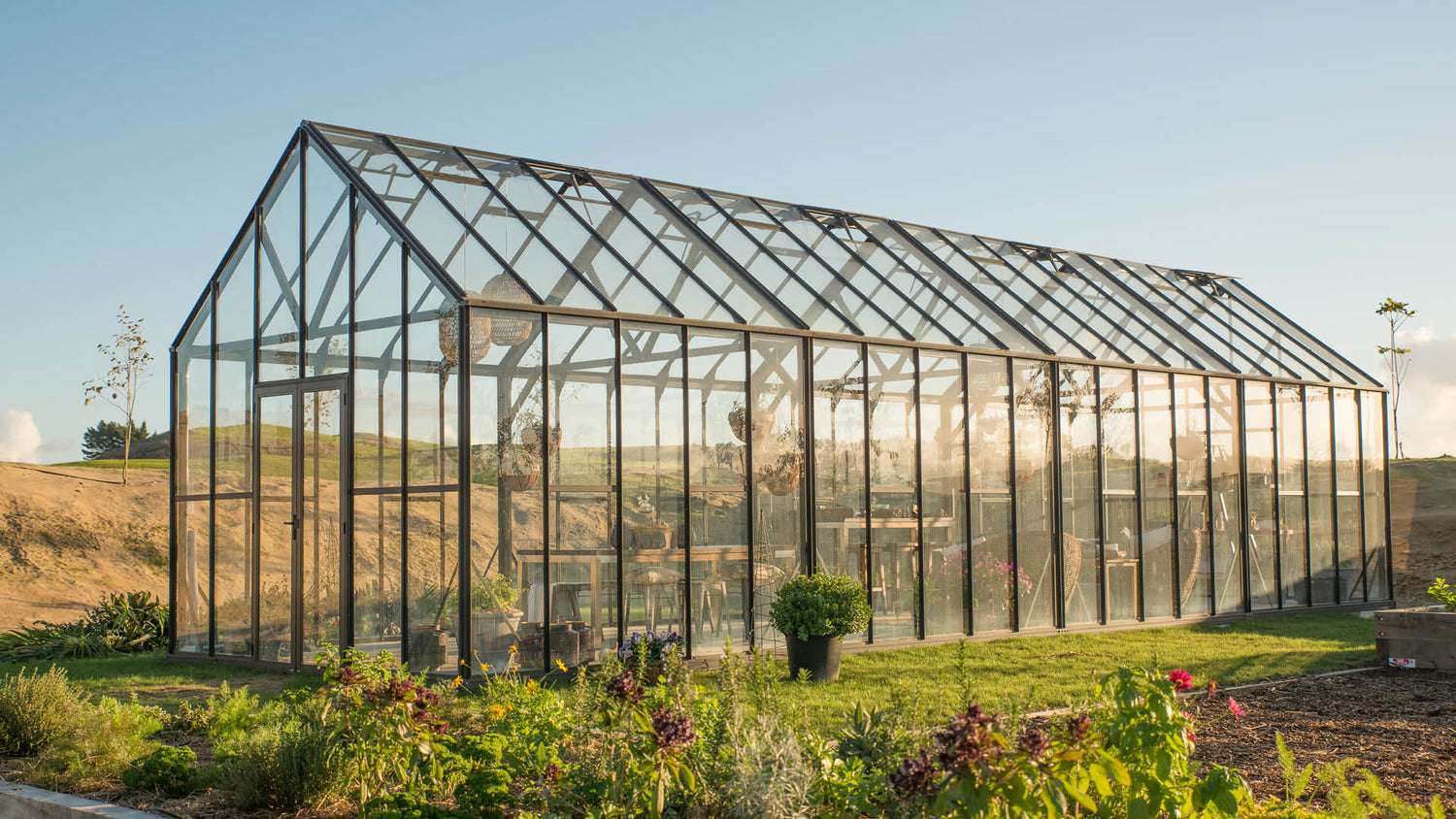Smooth Assimilation: Monarch Greenhouse Installation Utah Specialist Touch
The Future of Greenhouses: Innovations in Sustainable Farming
Are you interested regarding the future of greenhouses and how they are revolutionizing sustainable farming? From innovative climate control systems to vertical farming methods, water-efficient irrigation methods, sustainable energy assimilation, and wise data analytics, these developments are changing the way we expand our food.
Advanced Climate Control Solution
To attain ideal growing problems, you can depend on the innovations in greenhouses with innovative environment control systems. These systems have changed the way we cultivate plants, giving a controlled atmosphere that is conducive to plant development. With these cutting-edge systems, you can currently manipulate temperature, humidity, light degrees, and also carbon dioxide concentrations to produce the ideal conditions for your plants to thrive.
Among the key functions of these advanced environment control systems is their capacity to regulate temperature. By utilizing sensing units and automated controls, the greenhouse can adjust the temperature based upon the specific needs of the plants. This makes certain that they are never ever subjected to severe warmth or chilly, which can be damaging to their development.
Moisture control is an additional crucial element of these systems. By preserving the optimal humidity levels, you can prevent problems such as mold, mildew, and condition from impacting your crops. These systems can additionally regulate the quantity of light that reaches the plants, guaranteeing that they obtain the optimal amount for photosynthesis.
Furthermore, progressed climate control systems can even control carbon dioxide focus. By boosting the levels of carbon dioxide in the greenhouse, you can enhance plant growth and efficiency. This is especially advantageous in areas with reduced all-natural carbon dioxide levels.
Vertical Farming Methods
One essential upright farming method is using stacked growing systems. Stacked growing systems are frequently made use of in city areas where space is restricted.
One popular technique is called upright hydroponics, where plants are expanded in nutrient-rich water without dirt. This technique is extremely effective as it minimizes water use by up to 90% compared to standard farming techniques. Furthermore, considering that the plants are expanded inside, they are protected from insects and diseases, minimizing the demand for chemicals.
An additional strategy is aeroponics, which includes putting on hold the plant origins in a haze or air setting. This technique permits ideal nutrient absorption and oxygenation, leading to faster development and greater returns. Aeroponics likewise uses less water than typical farming and can be executed in vertical systems, making it a popular selection for upright farming.
Water-efficient Irrigation Methods
Taking full advantage of water preservation is necessary when it pertains to carrying out water-efficient irrigation approaches in sustainable agriculture. With worldwide water scarcity coming to be a pressing problem, it is important to develop ingenious techniques that optimize water use in greenhouse operations.
One helpful site appealing technique is drip irrigation, which delivers water directly to the plant roots, decreasing waste and evaporation. By using a network of tubes with tiny emitters, water is applied slowly and specifically, making sure that plants receive the needed moisture without excess drainage.
One more effective method is making use of dirt moisture sensing units. These devices gauge the moisture web content in the soil and give real-time information to farmers. By keeping track of the dirt's moisture levels, farmers can accurately determine when and just how much water to apply, avoiding over-irrigation.
In addition, the execution of rainwater harvesting systems is gaining appeal in greenhouse farming. Gathering rainwater from roofs and keeping it in tanks permits farmers to utilize this natural deposit for irrigation purposes, lowering reliance on conventional water sources.
Last but not least, the adoption of automated watering systems can substantially enhance water effectiveness. These systems make use of sensors to detect dirt moisture degrees and climate condition, readjusting irrigation timetables as necessary. By enhancing water use based on real plant needs, these systems can reduce water waste and advertise sustainable farming methods.
Renewable Energy Combination
Sustainable energy assimilation in greenhouses provides numerous advantages, consisting of minimized operating costs and lowered dependence on non-renewable power resources. The generated power can after that be utilized to run different operations within the greenhouse, such as lighting, ventilation, and heating systems. These wind turbines harness wind power and convert it right into electrical energy, which can be utilized to supplement the power demands of the greenhouse.
Smart Information Analytics and Automation
To improve the efficiency of your greenhouse operations and maximize source utilization, take into consideration carrying out clever data analytics and automation. Smart data analytics includes accumulating and evaluating information from numerous sensors and devices within your greenhouse.
Automation, on the various other hand, entails using innovation to automate jobs that were formerly done by hand. This can consist of automating the control of lighting, ventilation, irrigation systems, and nutrient shipment. By automating these procedures, you can make certain that your plants obtain the right problems and nutrients at the correct go to my site time, without the demand for constant manual intervention. This not only saves you effort and time however likewise minimizes the threat of human mistake.
Moreover, wise data analytics and automation can collaborate synergistically. The information gathered by sensors can be used to inform computerized systems, enabling them to make real-time modifications based on the current problems. This assimilation of information analytics and automation can bring about a lot more efficient and precise source allocation, inevitably causing higher yields and far better plant quality.
Verdict
In final thought, the future of greenhouses in lasting farming looks appealing. With innovative climate control systems, upright farming methods, water-efficient irrigation techniques, and renewable power integration, greenhouses are ending up being extra reliable and environmentally pleasant.

By enhancing water usage based on actual plant demands, these systems can lower water waste and promote sustainable farming techniques.
